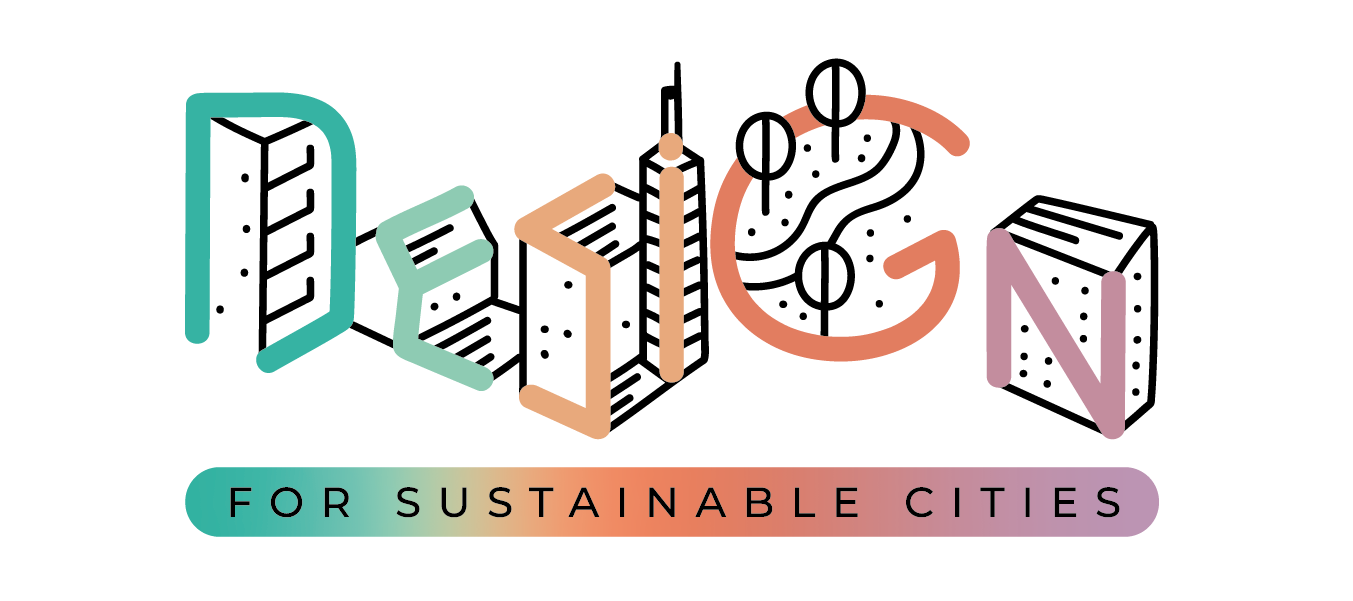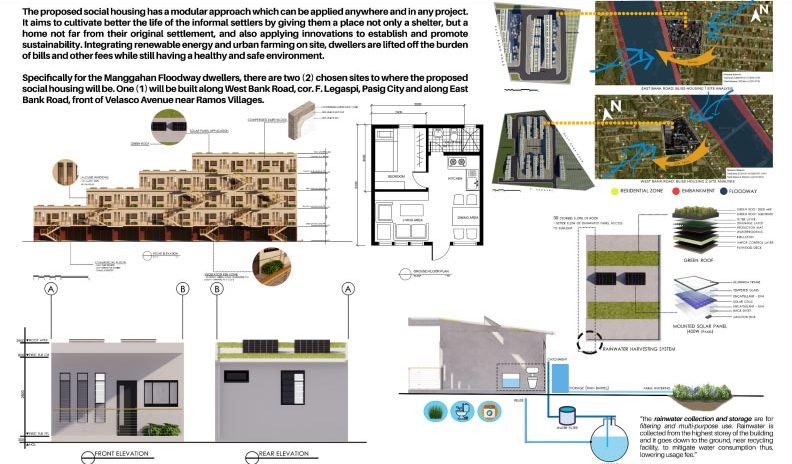The creation of the Manggahan Floodway was a crucial project which had a huge potential in terms of decreasing the already severe and dangerous flooding issue within the NCR region. The main purpose of the floodway is to divert excess water directly from the Pasig and Marikina Rivers channeled towards the Laguna Lake. However, the floodway is not being utilized to its main purpose as well as its potential due to the huge amount of informal settlers that currently reside along the banks of the floodway.
The project stretches across the city of Pasig, Cainta, and Taytay, but it is mainly focused in Pasig since most of the Manggahan Floodway is in that city. Our project objectives were to conceptualize a solution that will improve the existing major problems of the site; establish a sustainable community; and enhance the existing housing community, as well as the future housing projects of the area, and the lifestyle of the people. For the housing we opted to focus in integrating renewable energy and urban farming on site to reduce the burden of having expensive bills for necessities while still having a healthy and safe environment. This in turn will make the floodway clear from debris, trash, or plants that can potentially block the passage of water along the floodway. The solutions we formulated for the flood way was to restore the floodway to its original state, increase the water capacity, integrate social spaces and incorporate local biodiversity.

